Chokeberry growing tips, all about planting and care
Chokeberry, or chokeberry, is an unpretentious, winter-hardy and drought-resistant plant. These qualities make it possible to grow chokeberry everywhere: on dry soils with admixtures of sand, in areas where groundwater passes close to the ground, where winters are severe, and night frosts are possible in spring. If the care is carried out correctly, then fruiting begins at an early age, and the decorative effect allows the use of this shrub in landscape compositions and hedges.
Description of chokeberry
Chokeberry is a spreading shrub with a maximum height of 3 meters. The first few years, the bush does not look large, but with age it grows additional shoots, which is why the crown diameter exceeds 2 meters.
Aronia has a superficial location of roots: they do not go deeper than 60 cm.
Chokeberry is undemanding to the composition of the soil, prefers neutral, but grows well on acidic ones. The only requirement is that cultivation should not be carried out on saline soil. Planting in clay soils is possible only if a significant amount of sand and compost is added to the soil.
Aronia begins to bear fruit in the second or third year after planting, but on condition that it is properly cared for.
Flowering begins in late spring or early May. Small white flowers are collected in hats. At the ends of the stamens are bright crimson anthers, which adds contrast, and the flower petals appear pinkish.
Pollination takes place with the help of wind, bees, bumblebees. Growing a companion rowan nearby is not required. The berries are tied together, their size is about 1 cm, the color is almost black, with a slight bluish tinge. The berries ripen in August or September.
Advice
Rowan berries are a favorite treat for birds. It happens that they peck them up in a day. To prevent this, when the fruits turn dark and about two weeks remain before harvest, the bush is covered with a thin white agrofiber.
In the fall, the foliage becomes multi-colored. On one bush you can see yellow, red, orange, purple leaves.
What to look for when planting rowan in the garden
Chokeberry looks good both as a single plant and in a group. It is planted to create a hedge or in the background in combination with other plants, the cultivation of which requires light shading.
In order for the chokeberry to bear fruit abundantly, and the berries ripen evenly, you need to choose the sunniest place in the garden for it. It also tolerates partial shade, but with a lack of sunlight, the yield is noticeably reduced.
Planting is carried out at some distance from other plants. If the plants do not exceed it in height, then it is advisable to maintain a distance of two meters. When planting next to tall trees, at least three meters should be left between them.
Aronia growing singly does not require formative pruning, the shoots themselves form a beautiful spreading crown. In order for the yield to be consistently high, only sanitary pruning of old, weak and damaged branches is carried out annually.
If the purpose of the mountain ash is to decorate the garden, then you can form a spherical crown, which must be maintained, periodically removing unnecessary branches. Berries will form on the bush, but in smaller quantities.
If rowan is grown to create a hedge, then the bushes are planted closer to each other. A distance of 1.5 meters between plants is allowed. The grooming will include constant formative pruning. Without it, the shoots will rush upward, and the lower parts of the trunks will be exposed, which will make the fence unattractive.
Landing rules
Chokeberry, although unpretentious, but when purchasing seedlings, you should give preference to zoned varieties, the cultivation of which has already been tested in the climatic conditions of your region.
Saplings can be either with an open root system or with a closed one.
A seedling with a closed root system can be planted at any time, even in summer. If the weather is hot on the days scheduled for planting, it is better to wait until the heat subsides a little.
When buying a seedling with an open root system, you must carefully choose:
- there should be 2-3 well-developed roots with a length of at least 20 cm;
- the roots must be elastic, without damage;
- if the bark on the shoot is slightly scratched, its color should be green. Brown color, brittle shoots indicate that the seedling is dry and will not take root.
Advice
Autumn is the best time to plant chokeberry. The coolness of autumn promotes good rooting. If planting is carried out in the spring, then additional care will be required - frequent watering all summer, which will not allow the plant to dry out.
Planting seedlings
Due to the fact that the chokeberry has a superficial root system, it is not necessary to dig a deep hole for it. Sufficient depth is 40 cm, but the width should be 50x50 cm.
The pit must be filled with a nutrient mixture. One plant will need a bucket of humus, 2-3 glasses of ash and 100 grams of superphosphate. If chokeberry is planted in fertilized soil, then there will be enough nutrients for its growth and development for a long time. No fertilization is required for the first 4 years.
When planting rowan with an open root system, the seedling is placed in a bucket of water for 3-4 hours. A root growth stimulator can be added to the water, the dosage is observed according to the instructions. After soaking, the roots are smeared with clay solution. Clay is diluted with water to the consistency of thin sour cream.
Important!
Chokeberry should be placed in the planting pit so that the root collar is 2 cm below the soil surface.
After planting, pour water abundantly so that the earth is evenly distributed and there are no air pockets left near the roots. The trunk circle should be mulched with humus or straw.
For seedlings with an open root system, the branches should be cut off immediately after planting. They are shortened so that 5 buds remain and the upper one looks outward. If the seedling grew in a container, then pruning is not necessary.
Care in the first year after planting consists of controlling soil drying, watering and loosening. The soil should not be allowed to dry out completely.
Aronia care
Chokeberry care is minimal.
- Weeding and loosening are carried out in the first three years, until the bush gains full strength. In the future, it will be enough to mow the grass near the plant in order to prevent the growth of weeds in the near-stem zone.
- The first top dressing is applied 4 years after planting.
- Only a young plant needs constant watering. An adult bush is watered in a drought, pouring out 2-3 buckets of water.
- Every year, in the spring, sanitary pruning is carried out, and a bush over 7 years old needs rejuvenating pruning.
Top dressing of an adult plant is carried out in the spring. Chokeberry responds well to organic fertilizers - well-rotted manure or compost is introduced. A complex mineral fertilizer is used.
You can minimize care by mulching the soil. The mulch will contain moisture evaporation, stop the growth of annual weeds, and no loosening is required. You should not remove mulch for the winter - it overheats, which serves as an additional fertilizer.
If chokeberry is grown as a hedge, then additional care is required, which consists in shaping the crown and trimming it during the summer.
Rowan pruning
Every spring, pruning is carried out, the purpose of which is to remove shoots that do not bear fruit and thicken the crown.
Cut at the root:
- weak shoots that have stopped growing;
- branches on which berries do not form;
- broken, dried shoots;
- old gnarled branches;
- shoots growing inside the crown and not receiving enough light.
On the mountain ash bush, no more than 15 well-developed branches should be left.
After 7-9 years, chokeberry weakens and does not bear fruit even if regular competent care is carried out. It should be rejuvenated, which can be done in two ways:
- leave only 3-5 of the strongest shoots on the bush, cut the rest at the root. This will give impetus to the formation of new branches;
- carry out radical pruning, in which all branches are cut to the level of the soil, without exception.
By the next season, a sufficient number of new branches will grow, and fruiting will resume.
Reproduction of chokeberry
Mountain ash propagation can be done in several ways:
- separation of part of the bush;
- sowing seeds;
- rooting cuttings;
- reproduction by layering.
Part of the bush is separated in autumn or spring. For this, part of the shoots is carefully cut off with a shovel and dug out with the roots. With this method of reproduction, fruiting occurs the next year.
The seeds are sown on a small garden bed in the fall. They will be stratified naturally, which will increase germination. Caring for young senets consists in constant watering and thinning. Throughout the summer, the growth of seedlings is controlled, the weakest are removed. By the end of summer, developed seedlings are left, the distance between them is at least 25 cm. In the fall of next year, they can be planted in the garden.
Output
Chokeberry bushes require careful maintenance in the first year after transplanting, when regular watering is necessary for better rooting. In the future, it is enough to carry out pruning and top dressing in the spring, and during the summer it is advisable to mow the grass near the trunk and water in a drought.
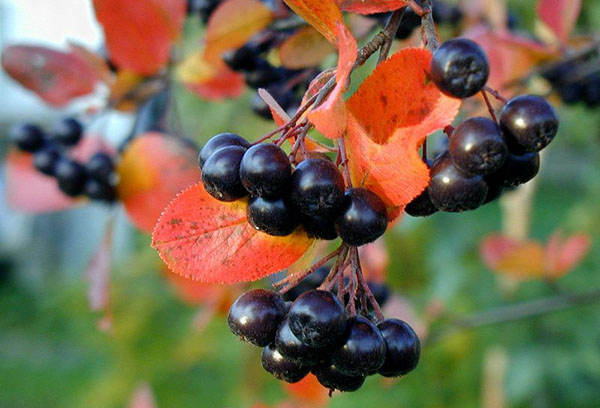

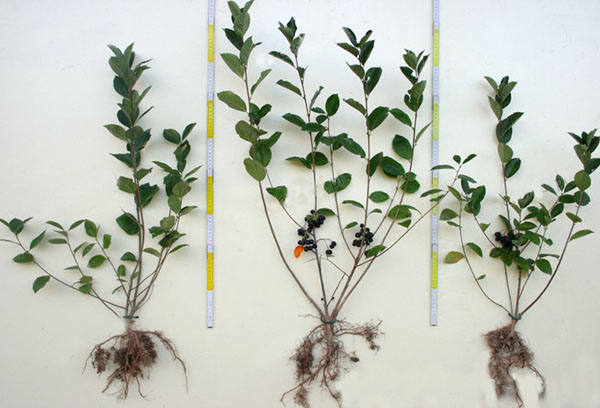
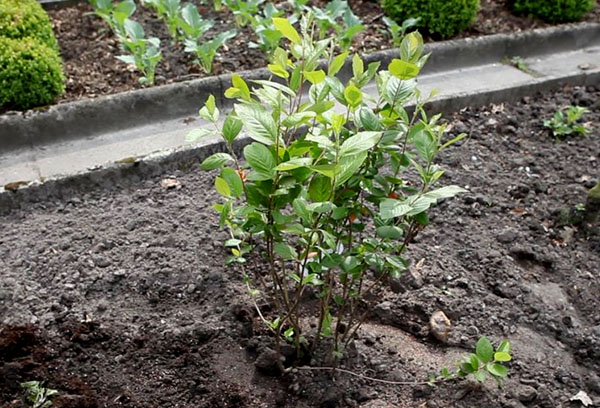
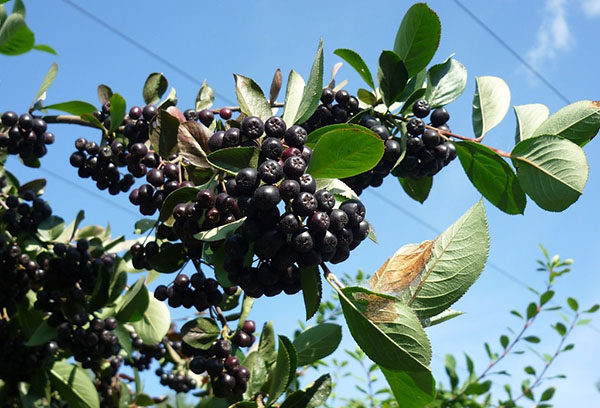
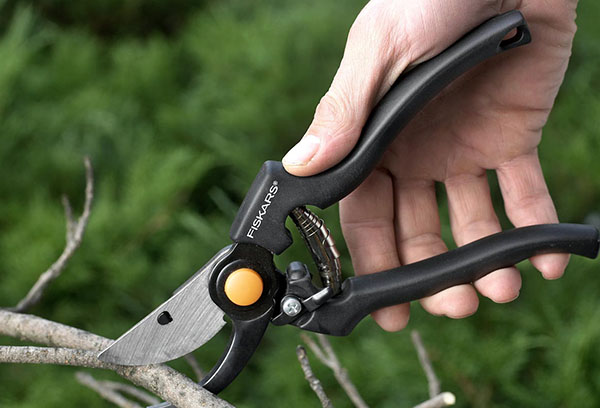
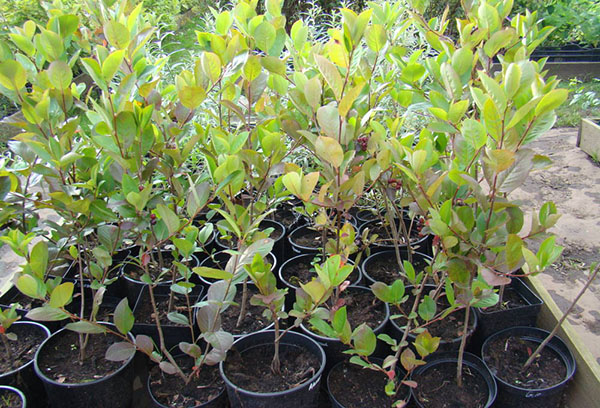
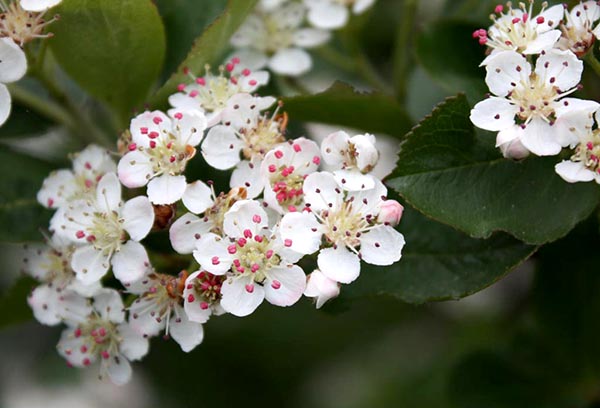
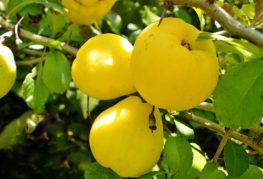

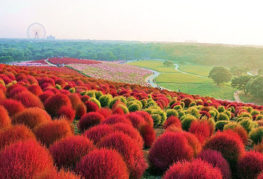
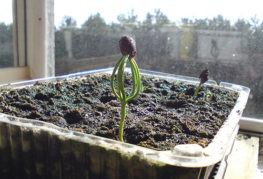
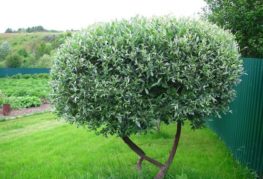

and will be published shortly.